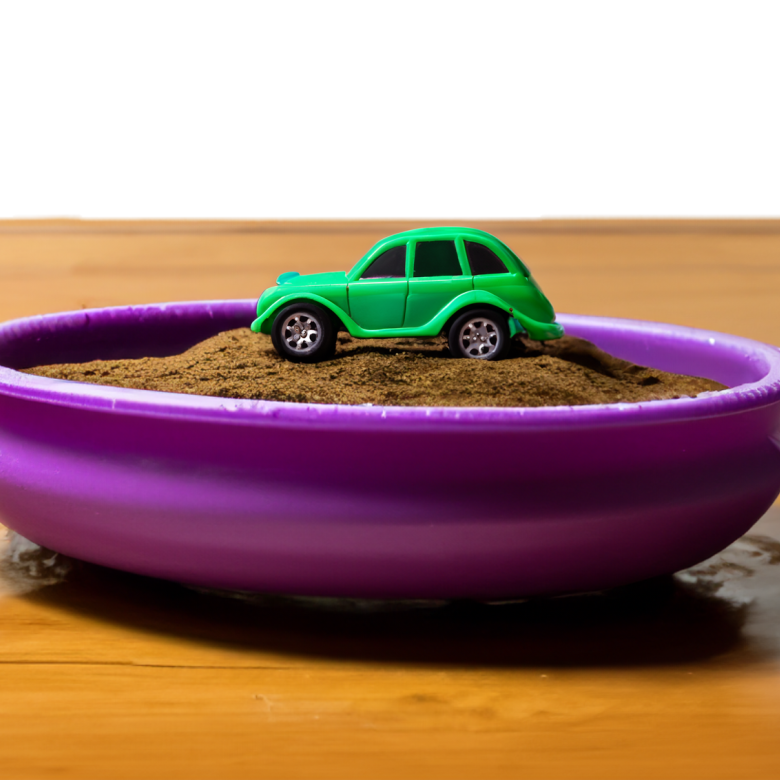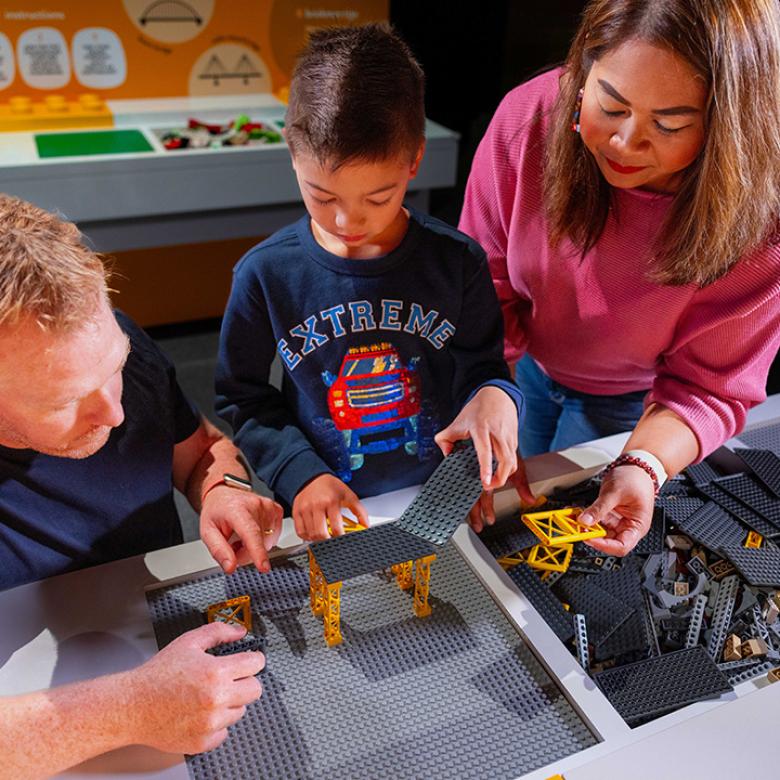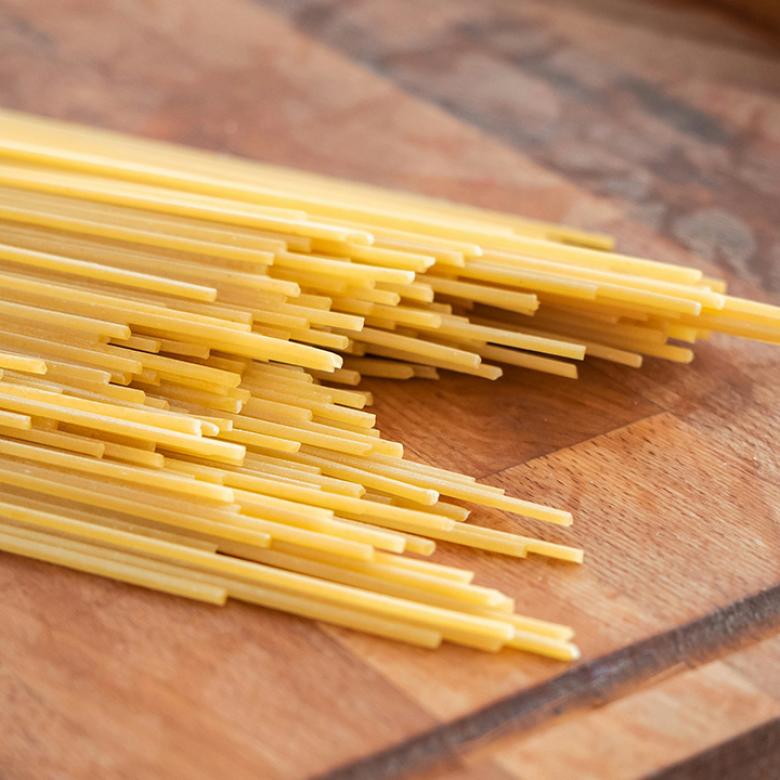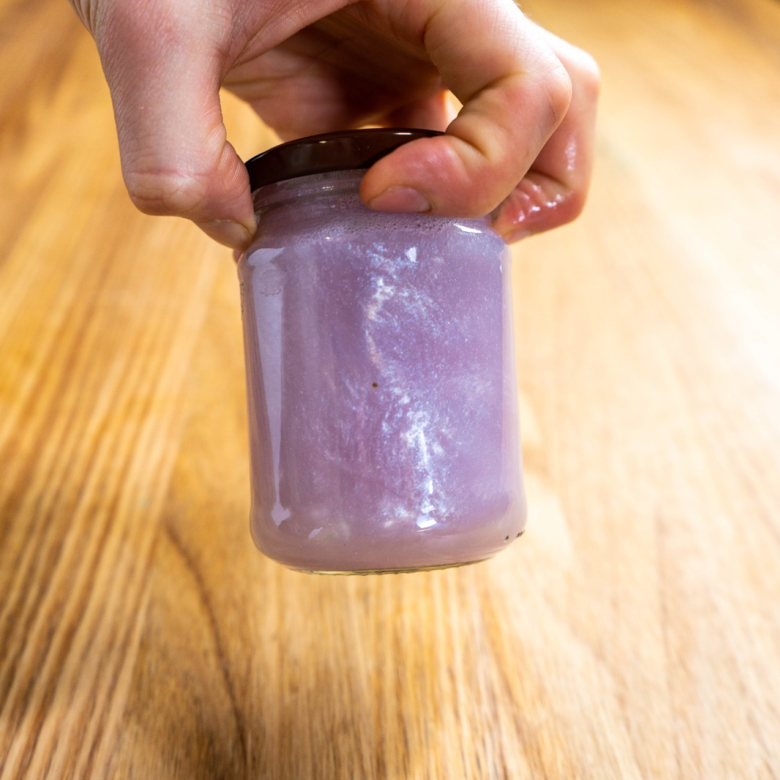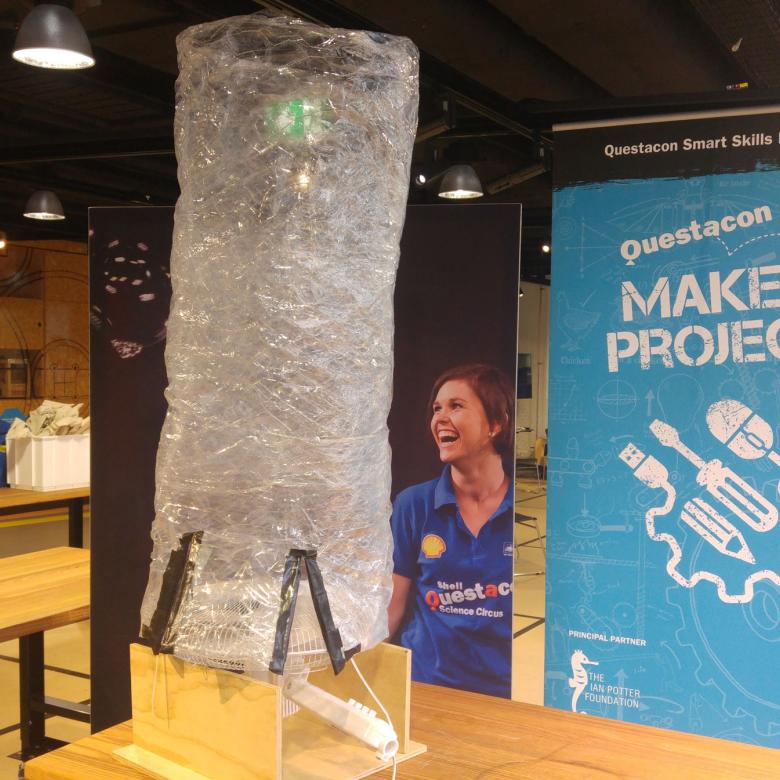You’ll need
- A large, clear plastic tub
- Sand or soil
- Water
- Wooden blocks or toy cars and figures
- A skateboard or trolley, or a rubber mallet
What to do
- Gather your materials on a flat surface.
- Put at least 8 cm of sand or soil in the tub and level it out.
- Add water to the tub, slowly from one corner, so that it soaks to the bottom without washing away the top layer of sand. Add just enough water to reach halfway up the sand. (Look through the clear sides of the tub to check.)
- Smooth and pat down the sand surface. Add more dry sand if the surface is starting to get wet.
- Place wooden blocks, toys or figures on the surface of the sand.
- Carefully place the tub on a trolley or skateboard (ask for help if it’s heavy).
- Rock strongly from side to side for about 30 seconds, or until the water seeps through the surface.
- If you do not have a trolley or skateboard, hit the side of the tub with a mallet until the water seeps through to the surface.
Questions to ask
What happens if you compress, or pack down, the sand more firmly before you shake it?
What happens if you mix the soil or sand into an even mixture with the water before you shake it?
Try different types of soil and sand mixtures. How well do they hold up?
What happens if you do not add water before shaking?
Try using cornflour and other materials instead of sand or soil. What happens?
What's happening
Some natural processes, such as earthquakes, push soil particles together. This increases the pressure on the water between the particles. This build-up of pressure can force the waterlogged soil to the surface, causing soil and sand to flow like water. This process is known as liquefaction.
Did you know
Liquefaction is a real risk in some low-lying areas where earthquakes happen. Liquefaction mostly occurs in relatively new soils, like the soils in estuaries and flood plains. These soils are quite wet compared with those in other places. Liquefaction occurred in many places during the Christchurch earthquake in New Zealand in 2011. Sand bubbled up out of the ground, which left buildings and cars submerged in mud after the earthquake ended. Whole streets were covered in mud and were very difficult to clean up.

